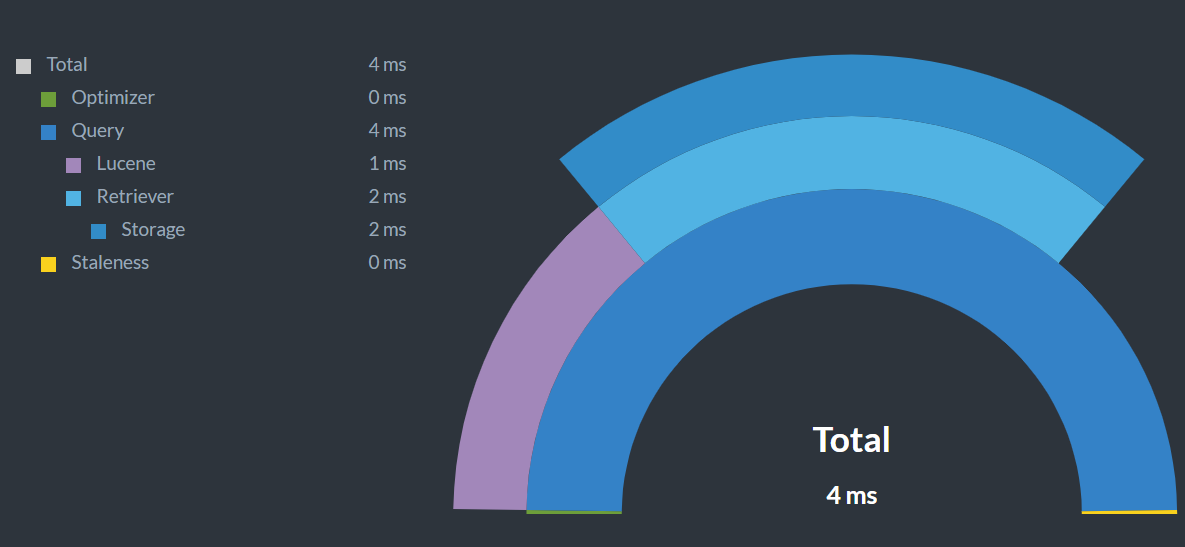 In my previous post, I was asked:
In my previous post, I was asked:
Is it reasonable to look for a developer who knows all the complexities of backend development (Particularly for the enterprise, at least while designing distributed applications or Micro-Services) and expect them to know React, Angular, TypeScript, and many other front-end technologies on the same level?
In my experience, it is absolutely possible to have someone who is fluent in both front end (React, Angular, etc) technologies and backend technologies (databases, k8s, distributed systems, design patterns, etc). I can point at two or three of them without searching too hard. The problem, however, is that while it is possible, it is also rare. The people I have in mind who qualify for the full stack developer moniker are also people with about a decade plus of experience in the field. And make no mistakes, I don’t include myself in that category. I can use a user interface, but don’t ask me to build one.
For the most part, I see people who exists on a spectrum, and are typically strong in certain areas and have passing familiarity in others. For example, you may have someone who is very strong in building client side user interface and calling back to the server, with some ability to create their own server side endpoints, but without the capabilities to build a full server side solution from end to end. On the other hand, someone who is capable of building the server side, maybe do some client side work, but is stumped on the more complex issues on the client.

Now, I’m speaking in generalizations here, because I’m talking about large segments of developers, not individuals. But this seems to hold true for large swaths of them. It also make sense, there is quite a bit to learn, and you can either be a butterfly and skim through a lot of subjects, or you can dive deeper and become an expert on a few topics.
Either option has its value, but it is important to remember that each also has its costs. If you have dipped your toes into many areas, you don’t usually have the depth to actually handle the more complex and non trivial stuff. For example, I would generally not expect someone who spent most of their time on the client side to be aware of everything that needs to happen for a proper server side caching solution.
When talking about skills in an area, I’m talking about being able to develop, support, debug and maintain such a solution. Everyone can write code in most areas, but it takes effort, skill and knowledge to take a piece of code and turn that into production software.
The term full stack developer is a way to punt. It usually says “I do a little bit here, and little bit there”. There is some meaning here, in the sense that these are the people you’ll turn to when you want to build a full application from scratch. The problem is that they are usually only able to deliver an application that does OK across the board. When you need to do more than OK (and I’m willing to admit that in many cases you don’t), you start to need to specialize. And that takes time, and effort. I would rather the term application developer, rather than full stack. If seems to be more accurate and it doesn’t ping my spider sense about false advertising.
 I didn’t intend to do another non technical post, but this was hilarious. My previous post was about taking my daughter to the ice cream shop.
I didn’t intend to do another non technical post, but this was hilarious. My previous post was about taking my daughter to the ice cream shop.













